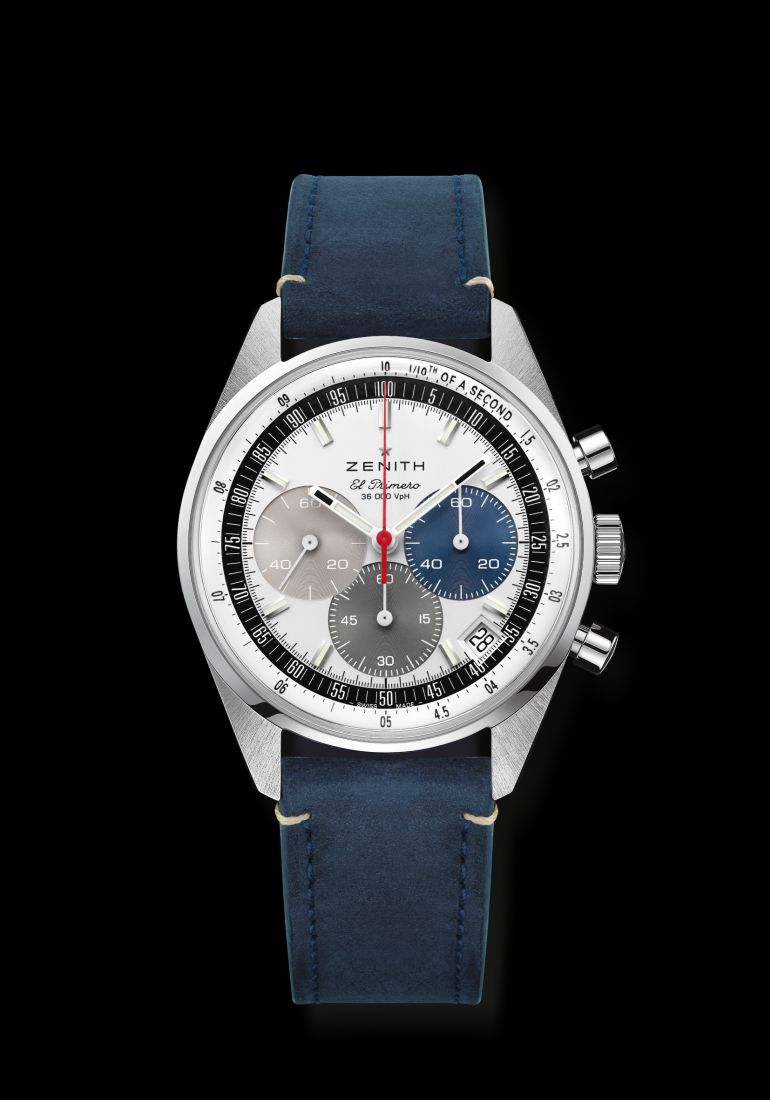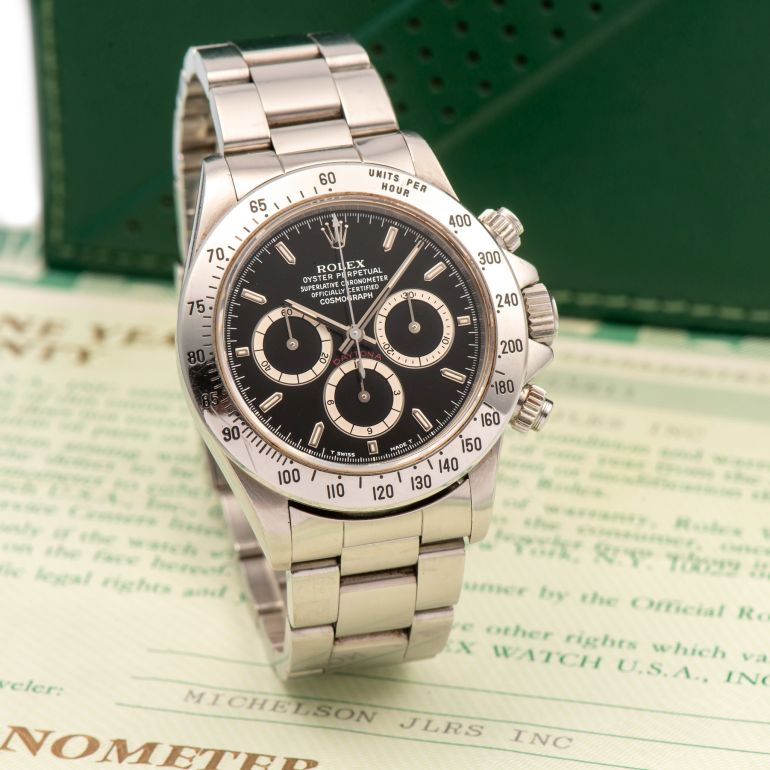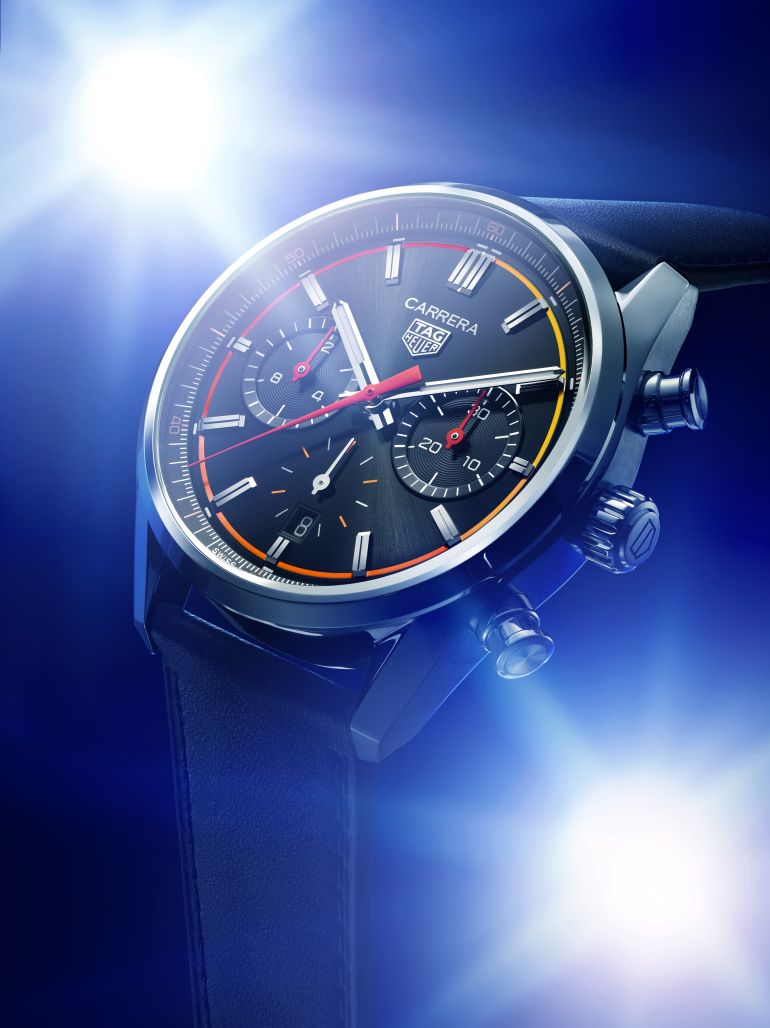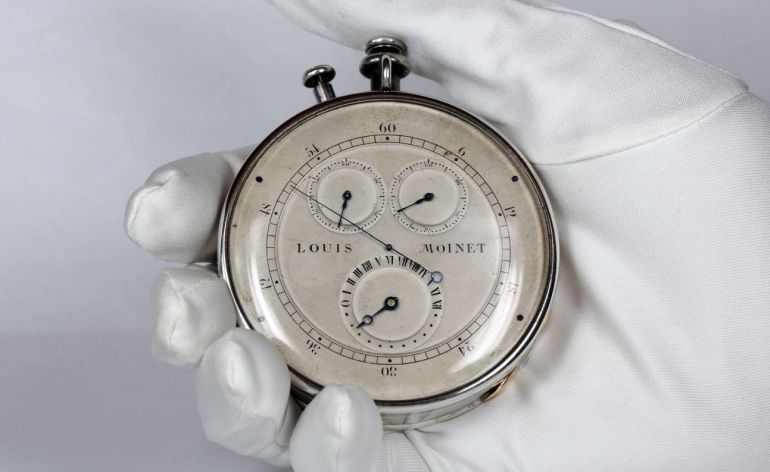
The reasons for the unstoppable success of the chronograph can be found in the very nature of the chronograph complication: easy to understand and use, it is more closely linked to the measurement of time than any other additional function of a mechanical watch.

Fundamental as a support instrument in military and aeronautical operations, in the civil sphere the natural element of a chronograph is sport. There is an indissoluble link between the chronograph and sporting competitions.

The etymology of the name refers to the terms khrónos 'time' and gráphō 'I write'. However, the word was not coined in recent times, but comes from the late Latin chronogrăphus, which refers to one who records historical facts in chronological order, i.e. an annalist. A word that was later borrowed from watchmaking and whose minting is attributed to Nicolas Rieussec, the watchmaker who in 1821 designed an original device: a box with two enamelled rotating discs, on which the operator would drop, by means of a lever, a drop of ink each time an interval was measured. This meter was very useful in recording finishing times in a horse race.

The history of the chronograph itself is so fascinating that it justifies the passion for this type of watch, which makes our relationship with time and its measurement even closer. If that were not enough, the modern technological development of the chronograph mechanism has been a challenging terrain for decades. Until the notorious race to create the first automatic chronograph, which in the late 1960s saw big names in watchmaking on two continents.
There are reasons to fall in love.
Dody Giussani




